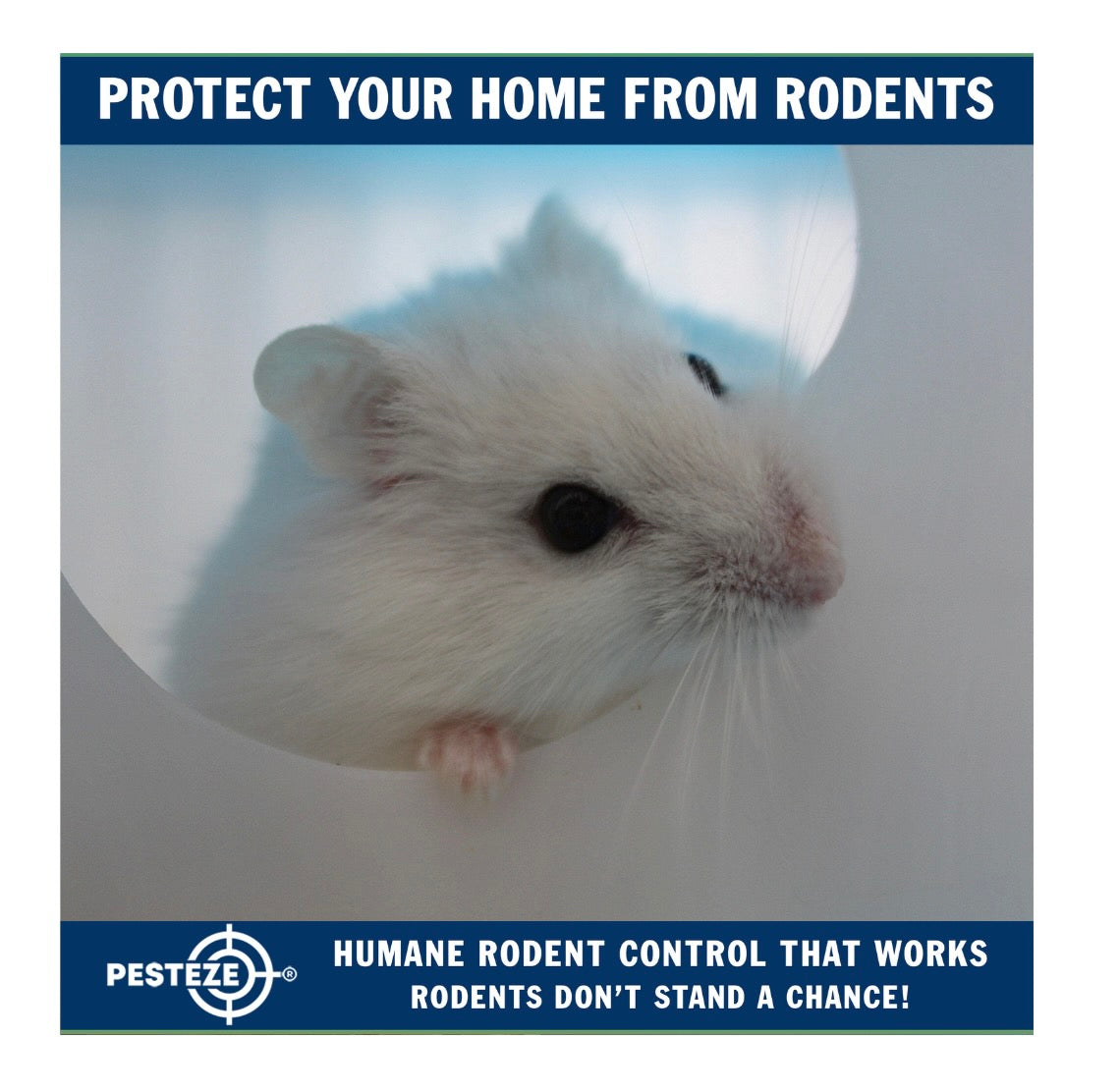RODENT-PROOFING YOUR HOME LIKE A PRO: ADVANCED TECHNIQUES

RODENT-PROOFING YOUR HOME LIKE A PRO: ADVANCED TECHNIQUES
SUMMARY
Take your rodent prevention strategy to the next level with professional-grade techniques that go beyond basic sealing. From structural modifications to smart monitoring systems, learn how to keep mice and rats out for good.
FEATURES
-
Structural Sealing: Reinforce vulnerable areas with heavy-duty materials.
-
Vent and Chimney Guards: Install screens to block rodent entry without reducing airflow.
-
Foundation and Roof Inspection: Identify hidden gaps and weak spots that rodents exploit.
-
Smart Monitoring Devices: Use motion sensors and remote cameras to detect activity.
-
Landscaping Adjustments: Trim vegetation and remove debris near entry points.
-
Scent-Based Deterrents: Apply professional-grade repellents in high-risk zones.
DESCRIPTION
While basic rodent-proofing involves sealing small gaps and setting traps, advanced techniques offer a long-term solution tailored to persistent or large-scale infestations. Professional-grade methods focus on comprehensive home defense—fortifying both the interior and exterior against even the most determined rodents.
Structural sealing is a top priority. Use materials like steel wool, hardware cloth, and concrete patch to close off access points in walls, foundations, and utility entryways. These materials resist gnawing and can outlast weather exposure, making them far more effective than foam or caulk alone.
Vent and chimney guards are critical upgrades. Custom-fitted mesh screens allow airflow while blocking rodent access. Ensure all attic, soffit, and crawlspace vents are protected with corrosion-resistant coverings.
A thorough foundation and roof inspection helps identify less obvious vulnerabilities. Mice and rats often exploit loose siding, shingles, or cracks behind downspouts. Use a flashlight and mirror to check hard-to-see areas and consider hiring an expert for a professional inspection if necessary.
Smart monitoring devices add another layer of defense. Motion-sensing cameras or acoustic sensors placed in attics, basements, or crawlspaces can detect rodent presence early, enabling fast response before a full infestation takes hold.
Your landscaping also plays a role. Rodents use overgrown shrubs, stacked firewood, and ivy as cover to approach your home. Maintain a clear perimeter, keep grass trimmed, and move compost or debris bins at least 20 feet from structures.
Lastly, scent-based deterrents like commercial-grade peppermint sprays or ultrasonic devices can discourage rodent entry. These should be used alongside physical barriers for maximum effectiveness.
Combining these advanced rodent-proofing tactics creates a multi-layered defense system that reduces the risk of future infestations and gives you peace of mind year-round.
- Nikita Gulrajani


Comments 0